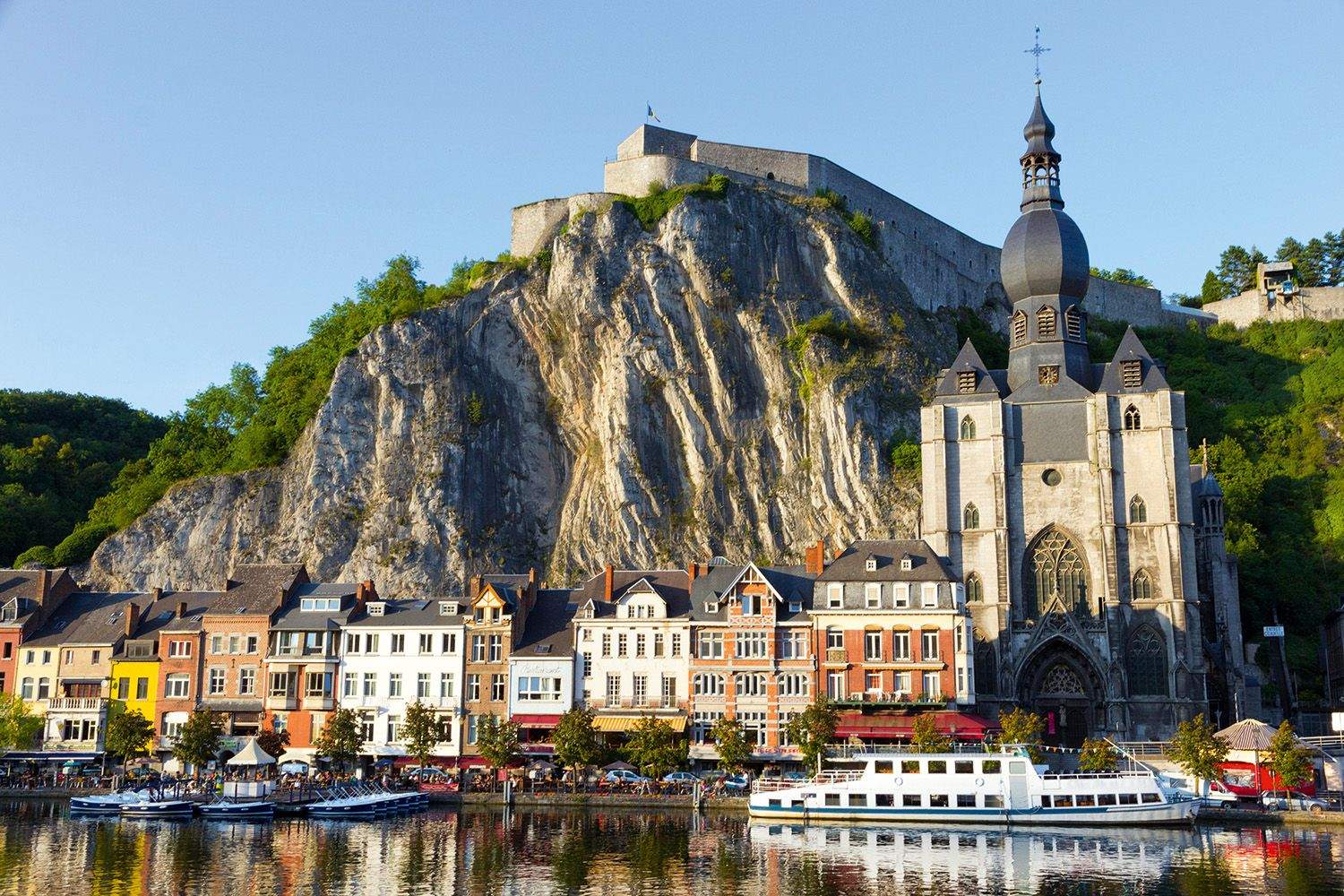Wallonia is a unique region of Belgium that combines centuries of history, picturesque landscapes and a rich cultural heritage. It is located in the south of the country and is known as the French-speaking part with its own character and traditions. Here you can find medieval castles, modern cities and quiet villages that have preserved their authenticity. Wallonia attracts visitors not only with its architecture and nature but also with its gastronomy and numerous festivals. In this article you will discover interesting facts, incredible facts and fascinating facts about Wallonia that you may not have known.
- Wallonia is one of the three main regions of Belgium alongside Flanders and Brussels. It covers about 55 percent of the country’s territory. The region is home to around 3.6 million people.
- The official language of Wallonia is French, but in the eastern part German is also spoken. This is due to historical borders and the presence of a German-speaking minority. Multilingualism is an important part of the region’s identity.
- The capital of Wallonia is Namur. It is famous for its fortress that towers over the confluence of the Meuse and Sambre rivers. Namur also serves as the administrative and cultural center of the region.
- One of the largest cities in Wallonia is Liège. It is a city with long industrial traditions that today serves as a major educational and scientific hub. Liège is well known for its universities and vibrant nightlife.
- Wallonia is famous for the scenic landscapes of the Ardennes. This mountain range is covered with dense forests where charming villages and historic castles can be found. The Ardennes are popular with lovers of outdoor activities and tourism.
- The region is home to the well-known Bouillon Castle. Its origins date back to the Middle Ages and it is linked to Godfrey of Bouillon, one of the leaders of the First Crusade. Today the castle is a major tourist attraction.
- Wallonia played an important role during the Industrial Revolution. Coal mines, steelworks and machinery production developed here. In the 19th century the region became a key pillar of Belgium’s economy.
- An important cultural event in Wallonia is the Ducasse festival in Mons. This medieval celebration is included in the UNESCO list of intangible heritage. Every year it attracts thousands of visitors.
- In Charleroi you can find one of the largest airports in Belgium. It is widely used for low-cost flights across Europe. This makes Wallonia a convenient starting point for travel.
- Wallonia is famous for its brewing tradition. Unique types of beer are produced here, including Trappist varieties brewed in monasteries. Such beers are considered among the most valuable in the world.
- The cuisine of Wallonia is rich and diverse. Traditional dishes include carbonade stew, fish dishes from the Meuse River and the famous Liège waffles. Gastronomy is an important part of the cultural identity of the region.
- Wallonia is home to the renowned Spa resort. It is from this town that the international word “spa,” symbolizing therapeutic treatments and thermal baths, originates. Spa has been known since ancient times as a place of healing waters.
- The region has many universities and scientific centers. Among them is the University of Liège, one of the leading educational institutions in the country. Education in Wallonia is highly respected.
- Wallonia is recognized for its strong literary and artistic traditions. Many famous writers and artists were born or worked here. The region has its own cultural identity in the arts.
- Modern industry plays a key role in Wallonia’s economy. Alongside traditional sectors, aviation, biotechnology and logistics are developing rapidly. This makes the region competitive in the 21st century.
- Many old abbeys and monasteries have been preserved in Wallonia. They are not only historical monuments but also centers of spiritual culture. Some of them are still active today.
- Wallonia has its own symbols, one of which is the rooster with a raised wing. It is depicted on the regional flag and represents freedom and pride. This emblem is used at official events.
- Green tourism is actively developing in Wallonia. Cycling trips, hiking routes and ecological initiatives attract nature enthusiasts. This creates a balance between development and environmental protection.
- One of Wallonia’s greatest achievements is the combination of tradition and modernity. Here you can visit ancient markets as well as modern business centers and feel the harmony of history and innovation. This makes the region unique among European areas.
Wallonia is a region that can surprise with its diversity and rich heritage. It combines history and modernity, cultural uniqueness and openness to the world. Such interesting facts, incredible facts and fascinating facts allow us to see this part of Belgium from a new perspective. You may not have known many of them, but now Wallonia has revealed some of its secrets to you.





